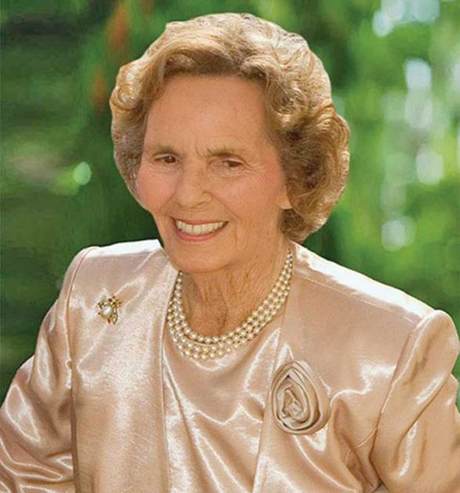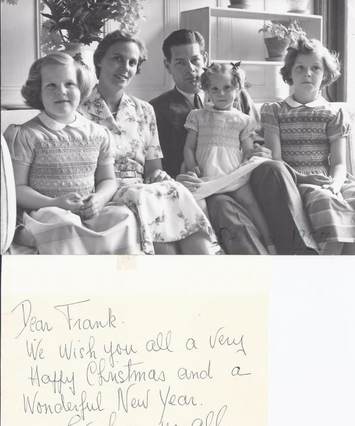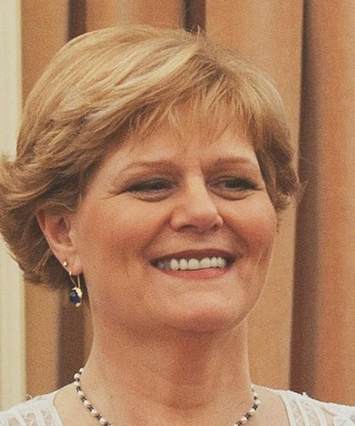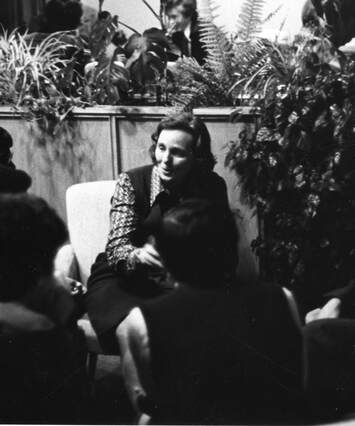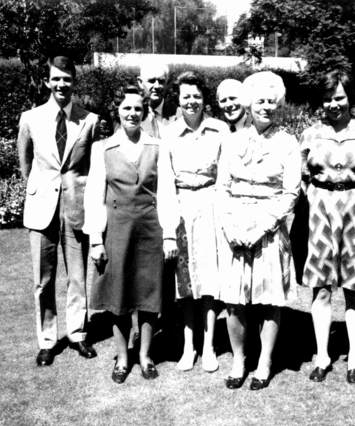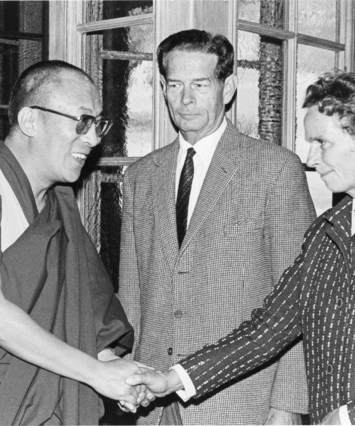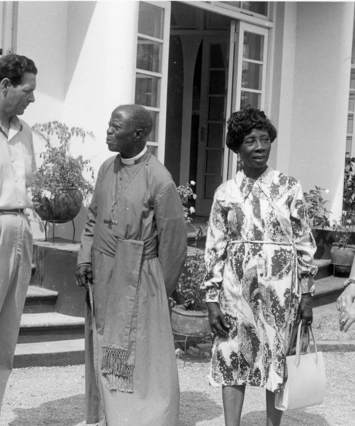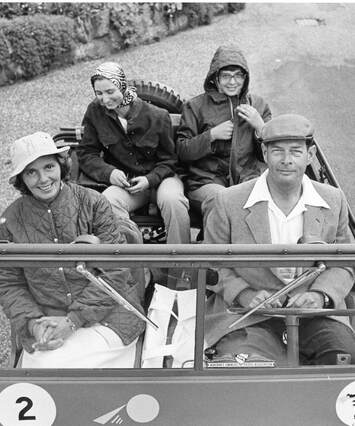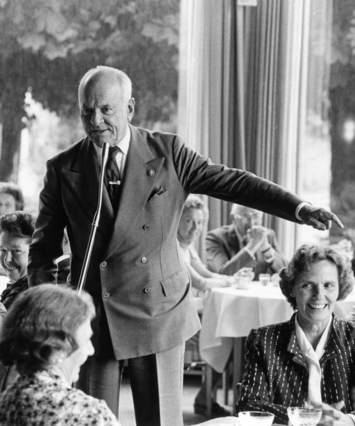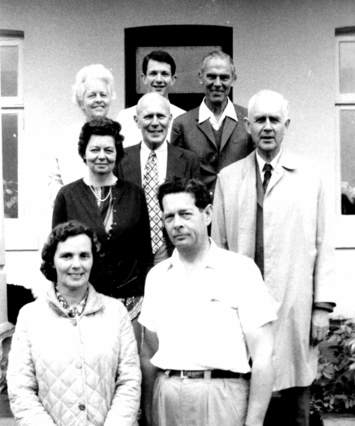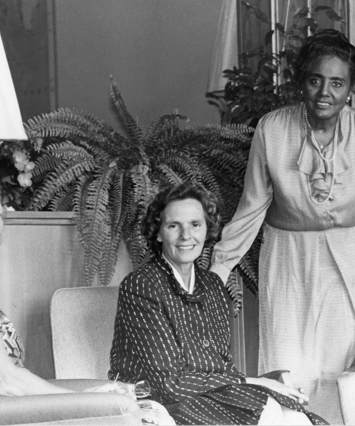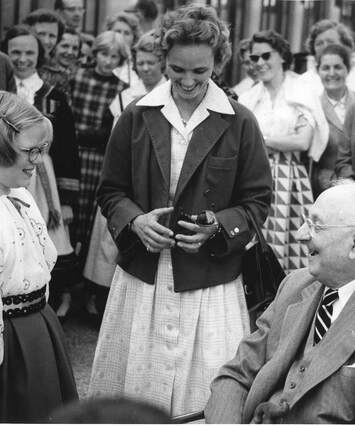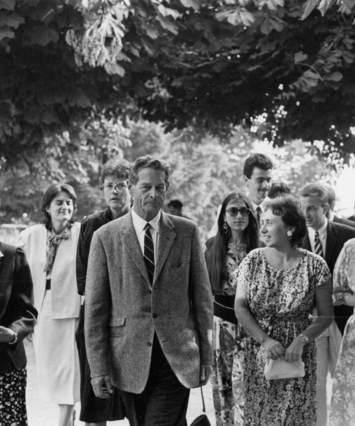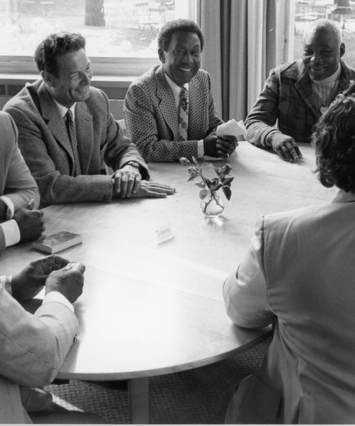Queen Anne of Romania, a Franco-Danish princess born from a deposed Italian royal house and married to a deposed Romanian king, has died at the age of 92. The Queen passed away on August 1 at a Swiss hospital with four of her five daughters at her side, while a statement issued by the royal household said her 95-year-old husband, King Michael, had been with her each day of the past week. A second cousin of Prince Philip, Duke of Edinburgh (Philip’s father and Anne’s mother were first cousins), Queen Anne lived a colorful life buoyed up by her independence and informality. Born as Princess Anne of Bourbon-Parma in 1923, she descended from the ruling house of the dissolved Italian duchy of Parma, and through her Danish mother she was closely related to the kings of Denmark. Yet from a young age, she was exposed to a decidedly un-royal life. Escaping the Nazi invasion of France and fleeing to the United States, the Bourbon-Parma family joined the workforce. Anne was even employed for a time at a Macy's department store. When her brothers returned to Europe and joined the Allied armies, she begged her parents for the chance to participate in the effort. She did so as an ambulance driver, and was awarded the Croix de Guerre by the French government after the war ended.
Unlike most of her royal relatives, Anne was exposed to something of a "normal" life, having to work for a living and serving with the armed forces. It was this difference that no doubt enhanced her appeal when she was introduced to her future husband, King Michael of Romania, at the royal wedding of England's Princess Elizabeth and Prince Philip in November 1947. She agreed to marry him not long after, but by the time the couple saw each other again in 1948 things had dramatically changed. Michael lost his throne on December 30, 1947 when the communist party forced him to abdicate in favor of a socialist republic. Having already had their marriage plans marred by Michael's abdication, the young couple then faced another obstacle when the Pope refused to grant a dispensation for Anne, a Catholic, to marry her Eastern Orthodox king. In the end, Anne defied the church and married King Michael in an Orthodox ceremony held at the Royal Palace in Athens, Greece. Settling in Switzerland, they raised five daughters - Margareta, Elena, Sofia, Irina, and Maria. King Michael worked a number of jobs, Queen Anne took the children to school, and for all intents and purposes the exiled royals looked set on a life of quiet, permanent exile.
The collapse of Nicolae Ceausescu's regime and the end of communist rule over Romania in 1989 scuttled those plans. For the first time since their wedding, the international press came calling on King Michael and Queen Anne. As was the case with other deposed Eastern European monarchs, the idea of a royal restoration in Romania after 1989 seemed not entirely impossible. Unaccustomed to the spotlight, Anne nonetheless undertook the opportunity to offer her services to the Romanian people in any way she could. For a woman who held the title Her Majesty The Queen of Romania out of courtesy for forty-four years, it was not until 1992 that she actually set foot on Romanian soil. Her husband had been banned the previous year after his visit generated a turnout from the citizens of Bucharest that left the sitting government less than thrilled, but Queen Anne’s discreet forays into her “homeland”, along with frequent visits by her daughters, were billed as humanitarian efforts and only served to appeal the long-exiled royals to a population still shattered by brutal communist dictators. By 1997, the restrictions on King Michael’s entries into Romania had been lifted, and the royal couple visited with increasing regularity. Their repeat trips led to the Romanian government taking the unprecedented step of offering the vacant palaces for the family to occupy again; Michael and Anne chose to use Elisabeta Palace in Bucharest as their base when in the country. Since then, they have visited the country for holidays, state occasions, and family celebrations such as their sixtieth wedding anniversary in 2008. Queen Anne’s last publicized visit to Romania was for the king’s 90th birthday in 2011, but her increasingly frail health kept her back in Switzerland.
The author Peter Kurth, in a 1990 profile on King Michael and Queen Anne, wrote about Anne’s appearance at a Geneva church service attended by numerous Romanian emigrants; when a Romanian teenager shot during the 1989 revolution was wheeled to the church, Queen Anne swept over to the young man and held his hand, despite the fact that she spoke not a lick of Romanian. The event is characteristic of her straightforwardness, some might say even feistiness; it is easy to understand why a character as serious and duty-bound as King Michael found his ideal match in this woman. She might not have commanded the unbending love of the Romanian people in the way her husband’s grandmother, the flamboyant and legendary Queen Marie, did back in the darkest days of World War I, but for a country struggling to reclaim its identity, Her Majesty Queen Anne was a quiet symbol of hope and dignity. What affect her death will have upon her husband remains to be seen, but it can be assumed that in his frail health, he may not last much longer without the support, strength, and assurance he received for the sixty-eight years they lived together. May Her Majesty rest in peace, knowing that whatever the future holds for her husband and children, her devotion to them and to the Romanian people, from whom she was separated for so many decades, shall not be forgotten.
https://aboutroyalty.blogspot.com/2016/08/tribute-to-her-majesty-queen-…

